Professional Certification in Cyber Security & Risk Management
- 4.5/5 (1500+ Student's Ratings)
Protect what matters most. This program helps you understand the digital risks of today — and gives you the skills to build strong defenses and keep information safe in a connected world.

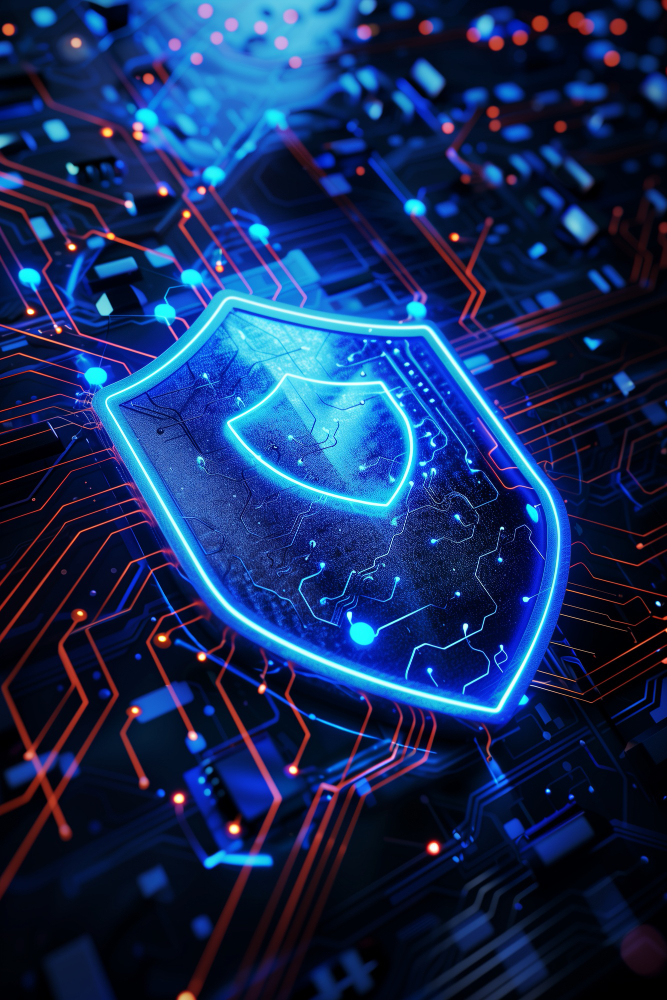

Next Cohort
This Week
Duration
9 Months . Online
06 Months
Live Internship
Eligibility
Freshers, Experienced
What You’ll Get with the ScaleUp Experience
Our Professional Certification in Cyber Security & Risk Management program equips you with industry-ready skills through advanced tools and expert support.
- 1:1 Doubt Clearing Session
- Live Hackathons
- Lifetime Career Support
- Webinars And Workshops
- Extensive Course Materials
- 250+ Hours of Self Paced Learning
- 400+ Hours of Live classes
- Industry Expert Mentors
- 360° Placement Assistance
- 24/7 Student Support
- Personalized Learning Paths
- Regular Assessments
- Progress Tracking
- Networking Opportunities
- Flexible Learning Schedules
- Strong Alumni Network
- Interview Preparation
- Certification Programs
- Interactive Learning Platform
- Real World Projects
Languages and Tools Covered


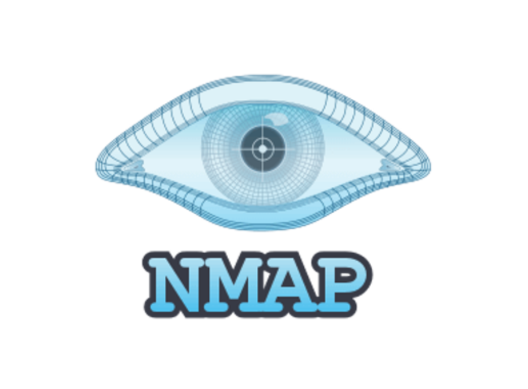
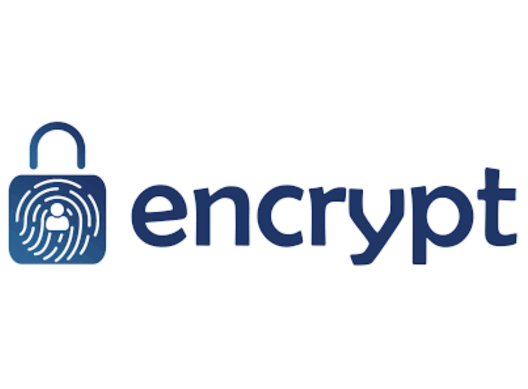



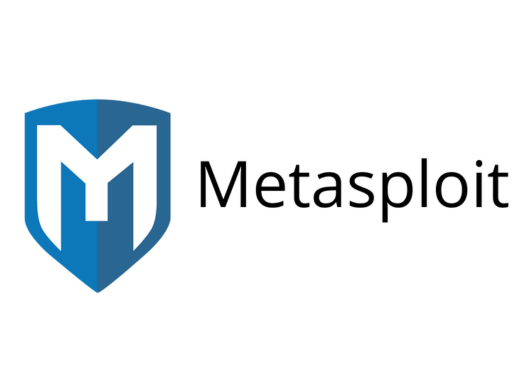


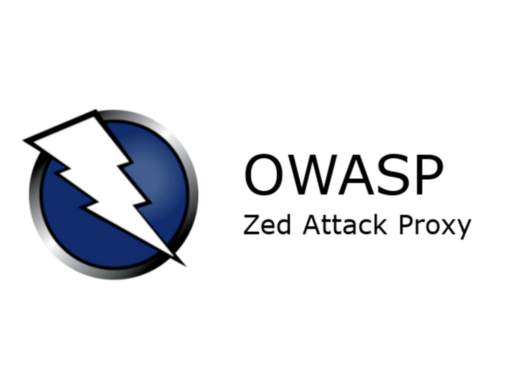

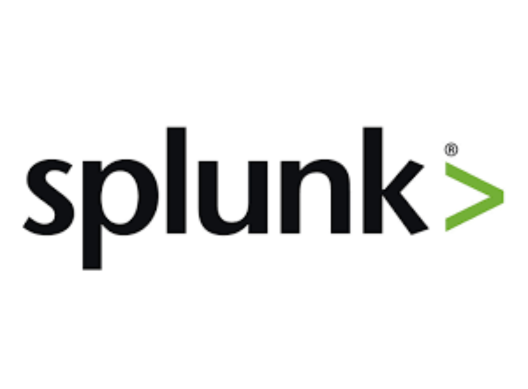








Course Curriculum
This Cybersecurity program is designed to prepare and equip you with the main skill sets in confronting a threat from the cyber world. Some of the main subjects to be addressed are going to include network security, cryptography, and ethical hacking. The course will also take you through penetration testing, incident response, and forensic analysis so that you get hands-on experience in tackling security challenges.
- Modules
Module 01
- Introduction to Linux Fundamentals for Ethical Hacking
- Linux basics and its significance in ethical hacking
- Linux distributions and their suitability for ethical hacking
- Setting up a virtual lab environment
Module 02
- Linux System Administration
- Installation and configuration of a Linux distribution
- Basic Linux commands for system administration
- User and group management
- File system permissions and access control
Module 03
- Linux Command-Line Interface
- Introduction to the Linux shell
- Navigating the file system
- Working with files and directories
- Input/output redirection and pipin
Module 04
- What is Ethical Hacking?
- Types of Hackers
- Who is a Hacker?
- Security Challenges Scanning
- Skills required for an Ethical Hacker
- Types of Attacks
- What do Ethical Hackers Do?
- Vulnerability Research
- Effects of Hacking
- How can Hacking be Ethical?
- Types of Data Stolen from the Organization
- What a hacker Do using Google Hacking
- Footprinting using Google Hacking Technique
- Google Advance Search Operators
- What is Penetration Testing?
Module 05
- Introduction to Security Operations Center (SOC)
- SOC Roles and Responsibilities
- SOC Tools and Technologies
- Threat Intelligence and Information Sharing
- Incident Detection and Response
- Security Incident Handling and Management
- Log Management and Analysis
- Security Monitoring and Alerting
- Security Incident Investigation
- Vulnerability Management
- Security Incident Reporting and Communication
- SOC Metrics and Key Performance Indicators (KPIs)
- Automation and Orchestration in SOC
- Compliance and Regulatory Requirements in SOC
- STEM tools
- Case Studies and Real-world Examples
Module 06
- Tools and Methods Used in Cybercrime
- Proxy Servers and Anonymizers
- Phishing
- Password Cracking
- Key loggers and Spywares
Module 07
- Password Complexity
- Password Cracking Techniques
- Types of Password Attacks
- Microsoft Authentication
- How Hash Passwords are Stored in Windows SAM?
- PWdump7 and Fgdump
- Laze Soft
- Ophcrack
- Cain & Abel
- Detail Study on Password Cracking Tools
- Key logger
- Types of Keystroke Loggers
- Detail Study on Key loggers and Spy ores
Module 08
- Steganography Techniques
- How Steganography Works
- Types of Steganography
- Methods of Steganography
- Steganography Detection Tools
- Cryptography
- Types of Cryptography
- Cryptography Techniques
- What is SSH
Module 09
- What is Social Engineering
- Behaviors Vulnerable to attacks
- Why is Social Engineering Effective
- Warning Signs of an Attack
- Phases in a Social Engineering attack
- Impact on the Organization
- Command Injection Attacks
- Common Targets of Social Engineering
- Types of Social Engineering
- Social Engineering Through Impersonation On Social
- networking Sites
- Risks of Social Networking to Corporate Networks
- Social Engineering Countermeasures
Module 10
- Network architecture
- Protocols and technologies
- Layered architecture, open systems interconnect
- (051) model
- Transmission control protocol
- Internet protocol (TCP/IP)
- Hybrid, TCP/IP model
- Application layer protocols: HTTP, SNMP, DNS, POP,
- SMTP
- Transport layer protocols: transmission control protocol
- (TCP), user datagram protocol (UDP)
- Network/ Internet layer protocols Internet protocol
- (IP)v4, IPve, IPsec protocols
- Link layer protocols: Address Resolution Protocol (ARP)/ Reverse ARP/ Proxy ARP, Ethernet, VLAN
Module 11
- Cloud computing architectural framework
- Concerns and best practices
- Governance and enterprise risk management
- Legal issues: contracts and electronic discovery
- Compliance and audit management
- Information management and data security
- Interoperability and portability
- Traditional security, business continuity, and disaster recovery
- Data center operations Incident response
- Application Security
- Encryption and key management
- Identity, entitlement, and access management Virtualization and Security as a service
Module 12
- What is CDR?
- CDR Investigation
- CDR Report Preparation
Module 13
- Computer Forensics Fundamentals
- Computer Forensics Investigation Process
- Understanding Hard Disks and File Systems
- Data Acquisition and Duplication
- Defeating Anti-forensics Techniques
- Windows Forensics
- Network Forensics
- Investigating Web Attacks
- Dark Web Forensics
- Investigating Email Crimes
- Malware Forensics
Module 14
- Basics of forensic science
- Fingerprints and document analysis
- Handwriting analysis
- Criminology and crime scene investigation
- Ballistics
- Soft Skills Program
- Resume Building
- Communication Skills
- Interview Preparation
- Time Management
- HR Round Guidance
- E-mail Writing
- Personality Development
- Emotional Intelligence
- Conflict Management
- Salary Negotiation
- Creativity
- Get Certification
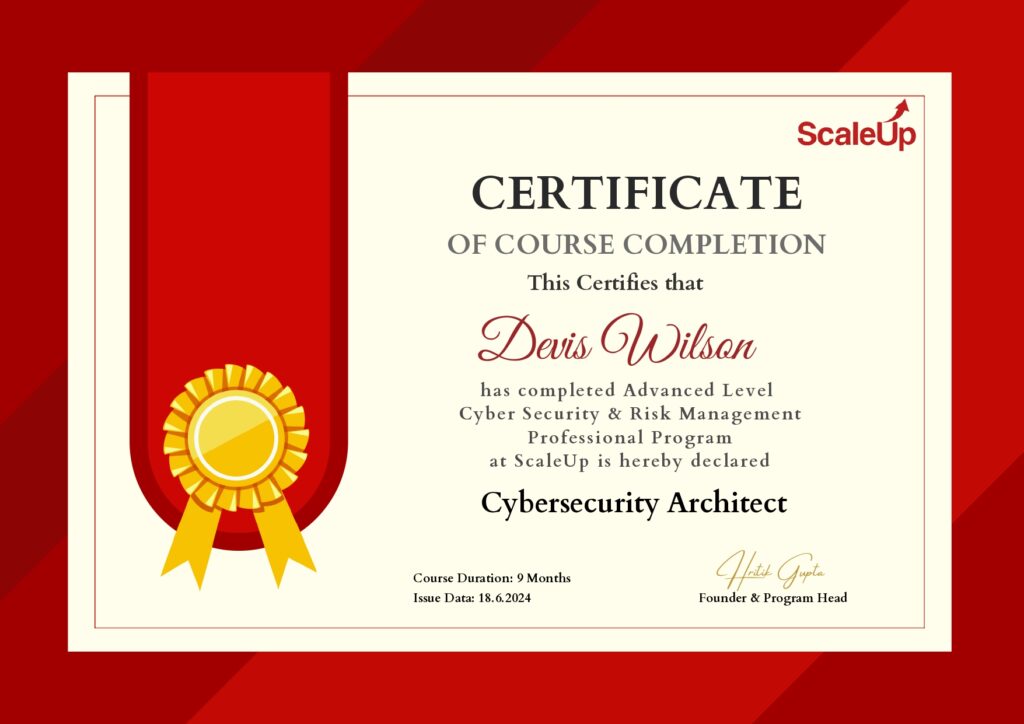
Projects
Network Vulnerability Assessment
Provides a clear picture of the organization’s security posture by identifying existing vulnerabilities and misconfigurations. Helps prioritize security measures and allocate resources effectively, reducing the risk of potential attacks.
Skills Needed →
Phishing Simulation
Tests and enhances employee awareness of phishing attacks through practical experience. Reduces the likelihood of successful phishing attempts, protecting sensitive information and organizational integrity.
Skills Needed →
Incident Response Plan Development
Establishes a structured approach for responding to cybersecurity incidents, ensuring swift and efficient action. Minimizes damage during an incident, reduces recovery time, and enhances overall organizational resilience against attacks.
Skills Needed →
Penetration Testing
Identifies security weaknesses before they can be exploited by malicious actors through controlled, ethical hacking. Strengthens application and network security, safeguarding sensitive data and maintaining customer trust.
Skills Needed →
Malware Analysis
Provides insights into the behavior and characteristics of malware, enhancing the ability to detect and respond to future threats. Informs the development of effective defense strategies and threat mitigation techniques.
Skills Needed →
Secure Web Application Development
Embeds security best practices into the software development lifecycle, creating applications that are less susceptible to attacks. Increases user trust, protects sensitive data, and ensures compliance with security regulations.
Skills Needed →
Cybersecurity Awareness Training Program
Educates employees about cybersecurity threats and best practices, fostering a security-aware culture within the organization. Reduces the likelihood of human error, which is often a significant factor in security breaches.
Skills Needed →
Data Loss Prevention Strategy
Implements measures to protect sensitive data from unauthorized access and breaches, enhancing compliance with regulations. Safeguards organizational assets, maintains customer trust, and mitigates the financial impact of data breaches.
Skills Needed →
Let’s talk about your goals.
Book a free call with one of our experts.
Frequently Asked Questions (FAQ)
ScaleUp offers skill-focused programs in Data Science, AI, Cybersecurity, Business Analytics, and more — all built to help you grow in today’s digital-first world.
Yes. Whether you’re just starting out or switching careers, our courses are designed to guide you step by step — no prior experience needed.
Definitely. Every program includes practical projects, case studies, and challenges that help you apply your skills in real-life scenarios.
You’ll learn from seasoned industry professionals — people who’ve worked in top companies and bring real-world experience into every session.
Yes, we do. You’ll get help with resume building, job hunting strategies, interview prep, and even referrals through our career support team.
Of course. You’ll retain access to all your learning materials, so you can revisit lessons or refresh your knowledge anytime you need.
Yes. You’ll earn an industry-recognized certificate from ScaleUp.
Yes. You can learn at your own pace, with access to both live sessions and recorded content — designed to fit around your schedule.
You’ll have access to mentors, doubt-solving sessions, discussion forums, and personal learning assistants to help you stay on track.
Absolutely. You’ll join a vibrant group of peers, mentors, and alumni — a space to ask questions, share progress, and grow together.

